This week is a mix of news and reports on specific projects or events. As a start, I thought I would mention that Dr Diane Heath has had a favourable report back from her initial application to the National Lottery Heritage Fund. Consequently, she and Penny Bernard have now started to fill in the main form – fingers crossed that they are successful for their wonderful ‘Medieval Animals’ project.
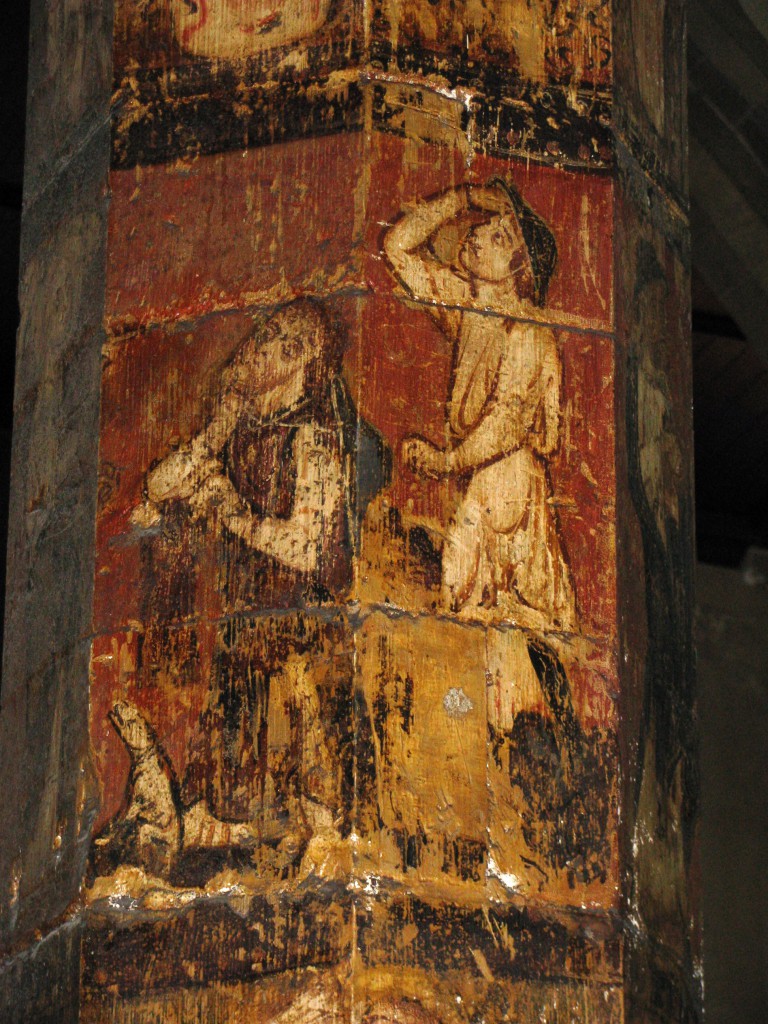
Looking forward to Tuesday 9 March at 7.30pm, if you are interested in joining me to explore Faversham’s fantastic medieval ‘painted pillar’, please see the second Kent Archaeological Society FREE online Teams event. I have called it ‘Ways of Seeing: Christ’s life on Faversham’s painted pillar’ and herewith an abstract, joining tips and the url link: “Church wall paintings are frequently the preserve of art historians, but such material culture is also valuable for those who study the lives of ordinary people in the Middle Ages. Here I am going to be looking at Faversham’s ‘remarkable’ 14th-century painted pillar to explore what it may have offered those of the town in spiritual terms, which in turn may help us to understand issues concerning late medieval piety, Additionally, this presentation considers the pillar’s creation following a period of conflict in Faversham’s history, another aspect of urban life that has parallels elsewhere in the county.”
Click on the link below to access the event around 15 minutes before the start. There are no restrictions to this event and there is no need to download any software on a laptop or desktop although the app may give you a better experience. You may be prompted to download the Teams app if you are accessing from an Android device, IPad or Mac but there is no need to register for an account and you can use the web link.
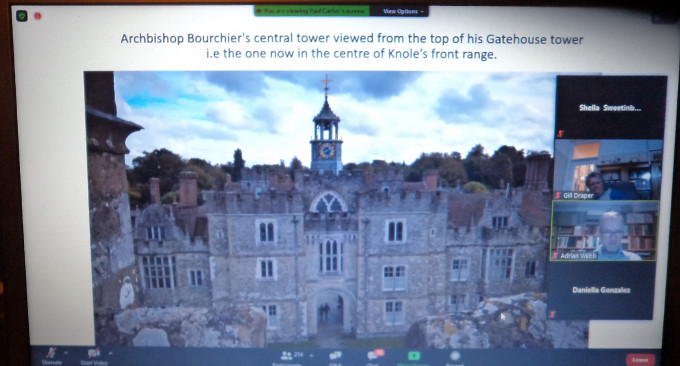
Last Thursday I joined Dr Gillian Draper for the BALH Local History Hour, a new online initiative that is going to use different formats to explore topics of interest to local historians. On Thursday I offered some ideas for those who might wish to investigate Jack Cade’s Rebellion. This took place in the summer of 1450, although there was a slightly earlier rebellion involving the Hermit Blewberd, which came to a sticky end and his head fixed to the Canterbury Westgate Towers following his execution, and further unrest in 1452. Although not exclusively involving men from Kent, and their compatriots in Essex, they were heavily involved as far as we can tell from the pardon lists. These are not the sole resources available to the researcher, and indictments in the King’s Bench, many published for Kent for this period, are similarly helpful. As I pointed out, other types of documentary sources are also available, including petitions, political songs and chronicles. While for those wanting some background reading, Isobel Harvey’s book on the Rebellion is valuable, with newer articles by David Grummitt, and next summer Gillian herself.
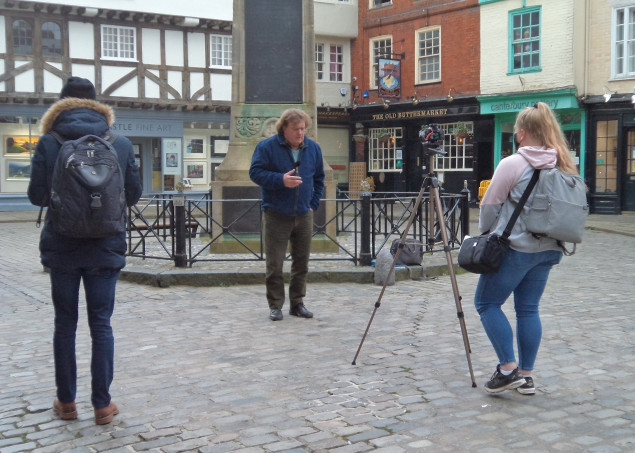
This brings me to Gill’s lecture and having offered some ideas about post-Black Death society and the continuing issues surrounding high mortality, economic difficulties, changes to agrarian practices and the problems of the Hundred Years’ War, Gill looked at the events of the Rebellion, including the execution of James Fiennes, first Lord Saye and Sele, a favourite of Henry VI, and most particularly the Battle of Solefields. She feels this had considerable implications for the later stages of the Rebellion because the rebels’ victory over the royal forces under the Staffords gave them the confidence to once again march on London, which would bring Cade’s downfall. In addition, Gill believes the purchase and development of Knole House by Archbishop Bourchier was in response to its position vis-à-vis the road from Rye to London via Sevenoaks and its location close to the site of the battle. She was keen to highlight how Knole offered a strategic lookout point for this important route, which was matched by the tower of the local parish church.
Gill’s considered assessment of the Rebellion, the critical significance of the battle and the developments at Knole in the aftermath and later 15th century drew numerous questions from the large audience – over 200 attendees. Thus, the evening seemed to be very successful and bodes well for the next BALH online event later this month.
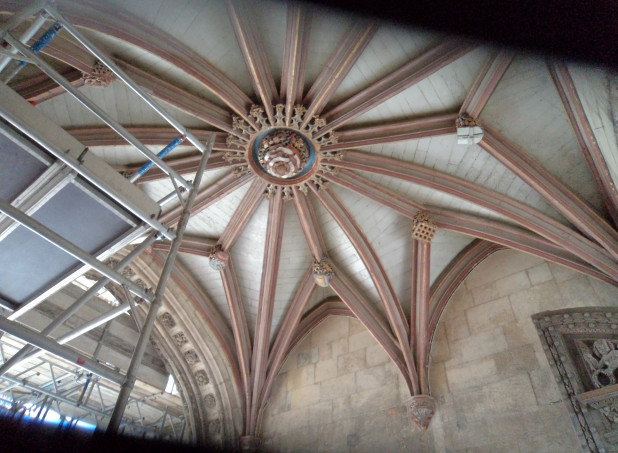
I had a very interesting morning on Monday when Alex Durham, a freelance filmmaker who graduated from CCCU last year, with her assistant for the day Max Barrett a current film studies undergraduate, were filming Paul Bennett, the Centre’s Visiting Professor of Archaeology, in the Buttermarket. This is for the second of the two films for the online Tudors and Stuarts History Weekend on Saturday 27th and Sunday 28th March. Please see: https://www.canterbury.ac.uk/tudors-stuarts Paul’s film on ‘Early Tudor Canterbury’ offers a tour of this heart of historic Canterbury, the point of intersection between civic and commercial space and ecclesiastical space, albeit there were a few shops inside Christ Church gate.
It was great watching the filming process and having started with his introduction about how the Bullstake/Buttermarket had been used, the area surrounded by the great Christ Church Priory inns, Paul moved to discuss the surviving Christ Church gate, as well as its early 13th-century predecessor on the same footprint, and which the archaeologists had found traces of when the gateway area was excavated for the siting of the bollard. The extant early 16th-century gate, although mostly covered by scaffolding and plastic sheeting is a magnificent structure, having fascinating Renaissance features, heraldic and other designs, both on the front of the gate and in the roof of the carriageway. Consequently, we spent quite a time there before moving on first to the Sun Inn (the new entrance into the precincts for visitors), and then to the Bull (or White Bull) Inn, both owned by Christ Church Priory.
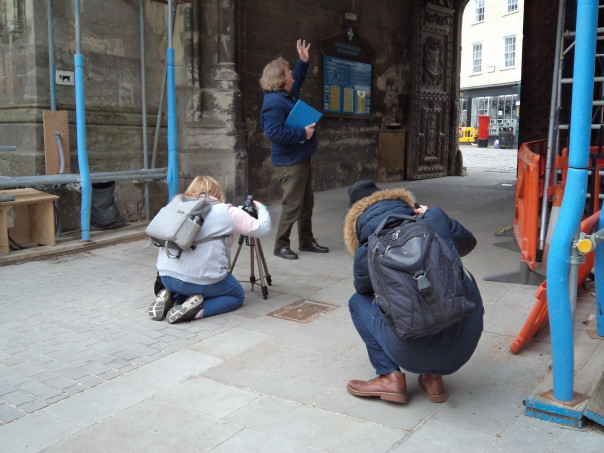
The beauty of these various inns is that even though they are all timber-framed buildings, they are all different in terms of design and construction, date, and usage respecting the status and prosperity of their clientele. For example, those staying at the Bull, especially in the chambers overlooking the Buttermarket would also have had a heated chamber behind, for there is evidence of hearths and chimneys hidden in the structure of these upmarket lodgings. Indeed, these resemble the Inns of Court in London, as well as some contemporary colleges at Oxford and Cambridge. Moreover, there are also original first-floor windows that you can see from the Buttermaket, which allowed Paul to explain even more clearly how these lodgings would have been arranged in the early years of Henry VII’s reign.

Moving round the corner to Burgate, Paul discussed that part of the Bull Inn and then similarly its third side fronting Butchery Lane before finishing at the wagon entry into the inn’s courtyard. Thereafter we returned to the Buttermarket to finish the tour by looking at two further Christ Church inns on the west side of Mercery Lane: the Crown, which was acquired by the priory, and the Cheker of Hope, which the priory had had built and, as the writer of the Prologue of the Tale of Beryn recalled, ‘many a man doth know’. To finish, Paul returned to the Buttermarket, a great way to round off the tour because for 2022 we hope to welcome people back physically to Canterbury for the Medieval Canterbury Weekend, including Paul’s tours. Yet this had been an exciting morning and I am very much looking forward to seeing Alex’s film!
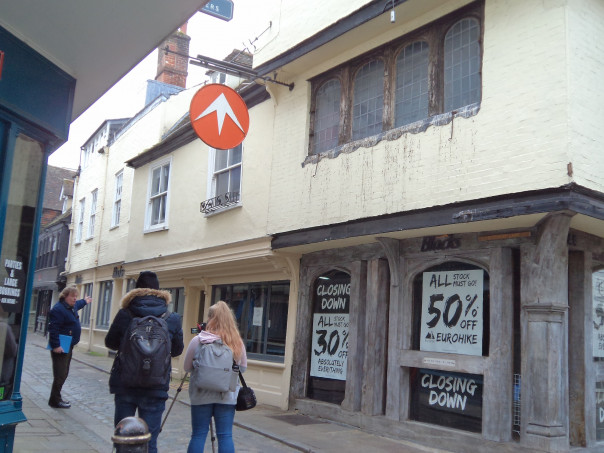
Now I want to move on to a short report on the Lossenham project’s historic maps and plans workshop that took place this evening. Dr Brendan Chester-Kadwell gave the first presentation, exploring the difference between maps and plans and then showing the audience a range of estate plans, the development of county maps for Kent: Christopher Saxton’s from 1579 and the more detailed (and useful) ones of Philip Symondson (1596) which include river systems and ‘roads’, which might in reality have been a series of lanes between places. In addition, Brendan examined parish maps, including tithe maps and the necessity of the apportionments to make best use of these resources. Finally, he moved to OS maps, beginning in 1791, and demonstrated how they had developed over the 19th century, including the move from hatching to show height to the use of contours, the high point from a mapmaker’s perspective being the large scale 25 inches to a mile.
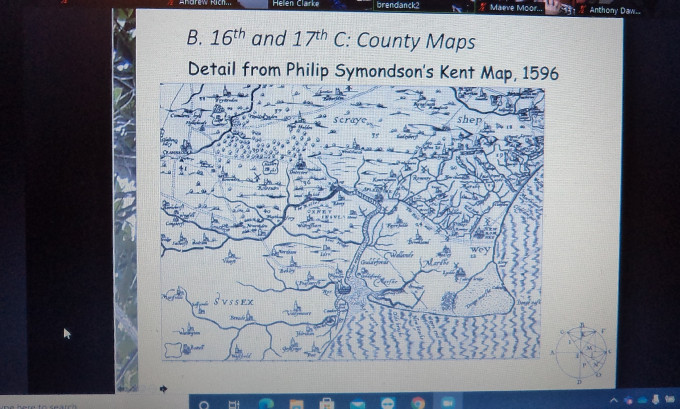
With this contextual information on the value of mapping for discovering and charting the landscape, Dr Helen Clarke then looked at the small ports along the River Rother, focusing especially on Small Hythe because of its importance as a centre of shipbuilding from the mid 14th century to the reign of Henry VIII. Small Hythe came to prominence because of the construction of the Knelle Dam to the west of the Isle of Oxney. As a result, the River Rother was diverted to the north of Oxney, thereby providing a tidal waterway to well upriver of Newenden, and thus benefitting Small Hythe. One consequence of the area’s growing importance was Tenterden’s new status as a limb of Rye and thus it enjoyed the privileges of the Cinque Ports. An impressive number of ships are known to have been constructed at Small Hythe, the largest known being the 1000-ton great ship the Jesus. Once the hulls had been constructed, they were floated down to Rye to be fitted ready for the sea.
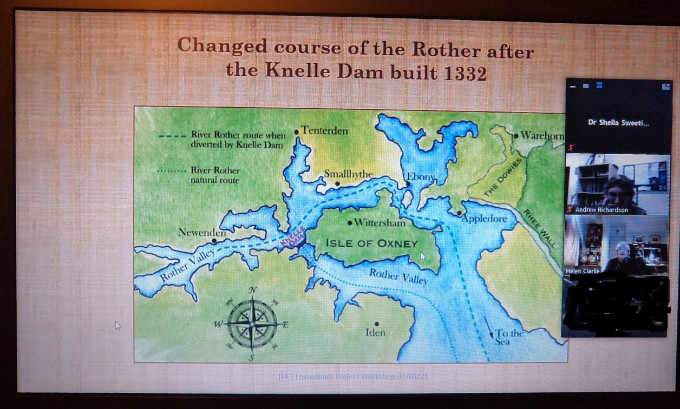
These presentations drew several questions and comments, and the plan is that when we are able to actually work out in the field, as a group we will explore some of these features to see how the area developed and to examine such structures as the Knelle Dam (a road runs along it). Moreover, various non-invasive archaeological means of surveying the shoreline, especially around Small Hythe will also be taking place restrictions permitting in the spring, which all sounds excellent. In the meantime, further history workshops are planned for 30th March and 27th April, the latter involving the group working on wills, more anon.
As a postscript, I have just done an interview with Elina Baimukhanova for KMTV on Tudors and Stuarts 2021, which hopefully will come out tonight, Wednesday 3 March. No idea what it will look like but hopefully people will get an idea of how much fun and how exciting it will be to have such a range of brilliant, international historians ‘coming from the History Weekend’ in Canterbury, the city a star in its own right – as Paul Bennett will demonstrate.
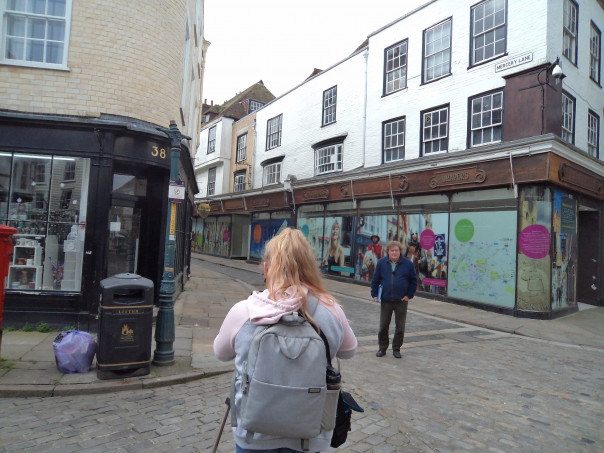
 Centre for Kent History and Heritage
Centre for Kent History and Heritage Sheila Sweetinburgh
Sheila Sweetinburgh 2121
2121

